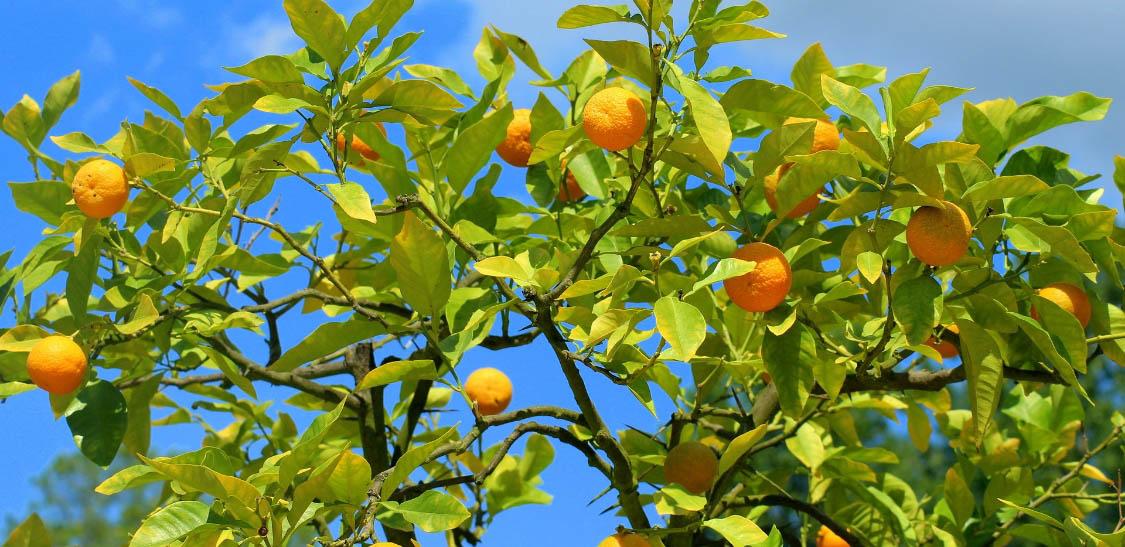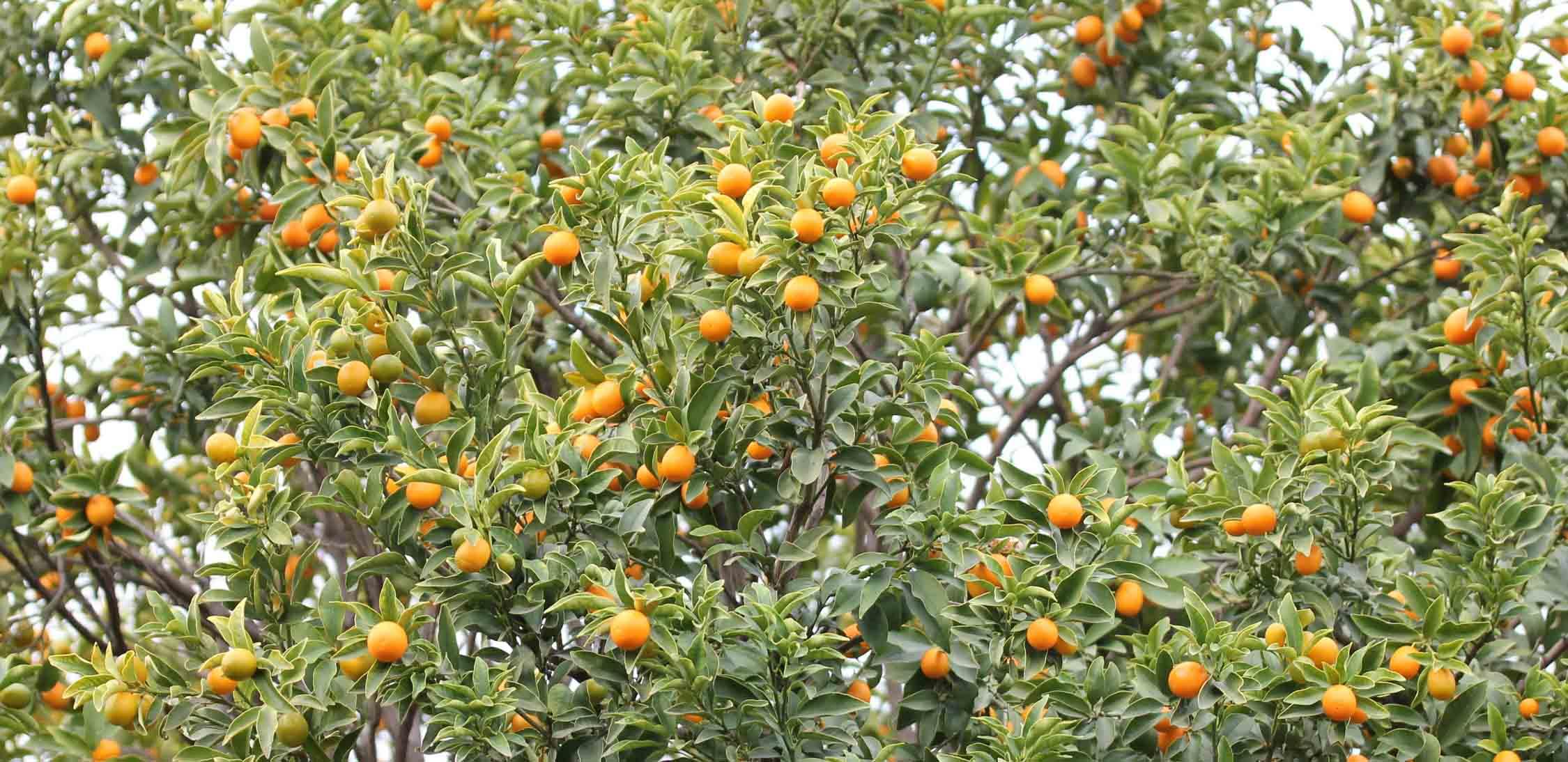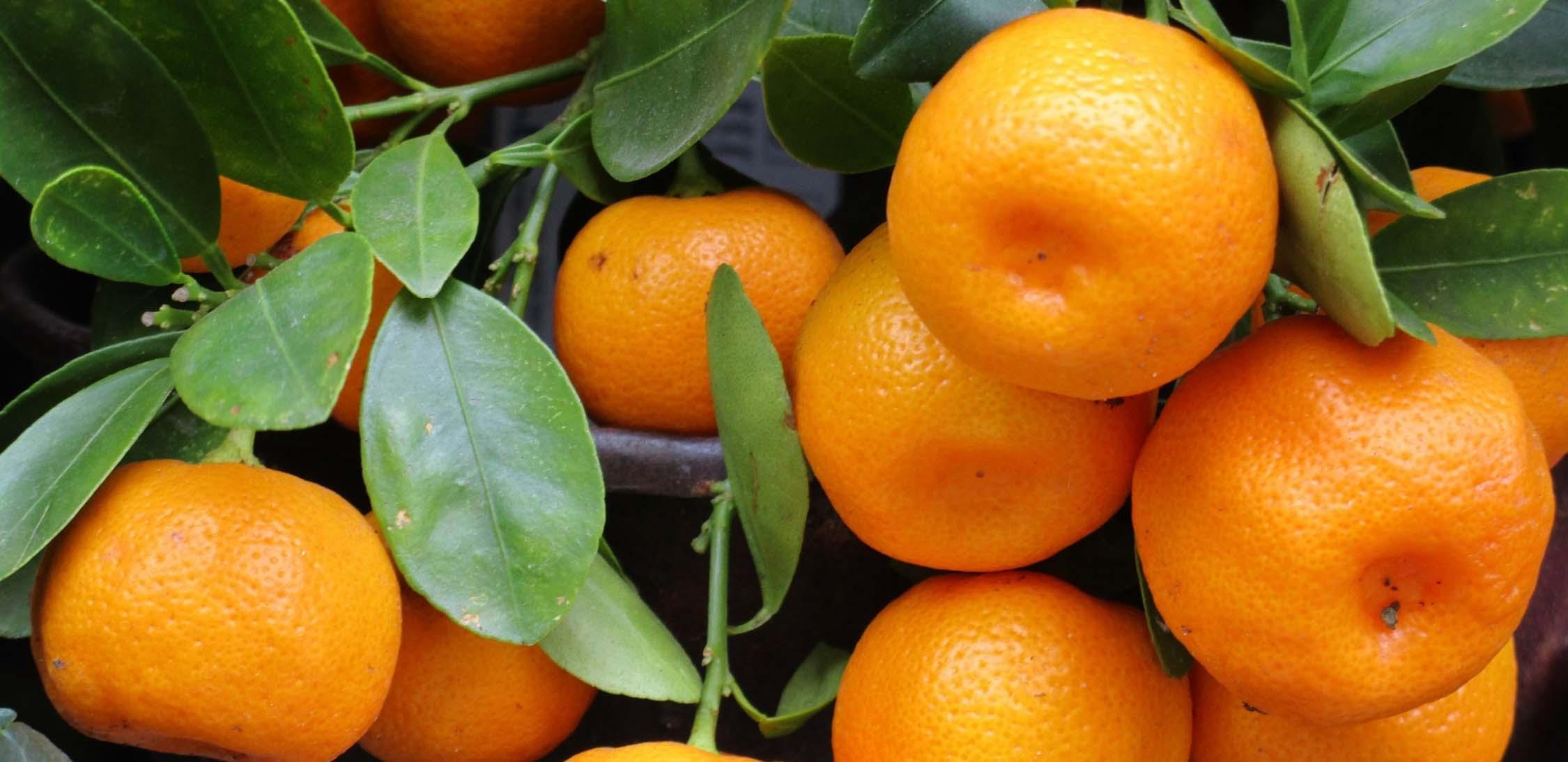
Mandarin orange / Mandarina
Scientific Name: Citrus reticulata
Origin: Asia
Botanical Family: Rutaceae
Arrayana tangerines (Citrus reticulata Blanco) are aromatic fruits native to Asia, rich in vitamins, and important in the Colombian economy and cuisine.
Brief History and Description
Arrayana tangerines are from the Rutaceae family and are botanically classified as Citrus reticulata Blanco. The tangerine is native to Asia. The Arayana tangerine was first recorded in Colombia in the 1980s and was selectively bred to improve cultivation. They are around 5 to 10 cm in diameter and have a round to oval, slightly wide shape. Its skin is covered with small glands that contain aromatic essential oils, giving the fruits a fragrant nature. Mandarina ica-bolo (Citrus reticulata Blanco) is the most cultivated species in the foothills of Colombia.
Culinary Usage and Nutritional Properties
Tangerines are also known as Mandarin, Clementine, and Satsuma oranges. Mandarin Arrayana is rich in vitamin C and a good source of fiber. The fruits also contain high amounts of vitamin A and lower folate, potassium, calcium, iron, and phosphorus. Arrayana tangerines are best suited for fresh applications, and they can be chopped and added to vegetable salads or sliced and mixed into fruit salads, puddings, and jellies. Arrayana tangerine juice can be used to flavor drinks, blended into smoothies, or incorporated into salad dressings. In addition, Arrayana mandarin essential oils and juices can be extracted and used to flavor cakes, cookies, candies, or ice cream. Fruits can also be cooked into savory sauces, poured over roasts, or boiled to make marmalade.
Economic and Environmental aspects
Mandarin production in Colombia is between 200-300 thousand tons per year; it occupies the second place in production, so it is a significant fruit for the economy. Generally speaking, evidence of the value of production in the Colombian market shows an apparent rise in the generation of employment and in the social dimension of cultivation.
Annual Yield
Mandarina is the most cultivated variety in the foothills of Colombia and has high demand in the market. Production of Mandarina in Colombia is between 200 and 300 thousand tons per year.
Pharmacological Activities and Bio-active Properties
Research shows numerous bioactive properties related to Mandarin; including:
Anti-cancer, anti-genotoxicity, anti-inflammation, wound healing, modulation of bone density, anti-atherosclerotic, neuropharmacological, antimicrobial, and antioxidant,1
Mandarin is a good source of vitamin C and helps to strengthen the immune system,
Due to its high fiber content, it regulates the digestive system,
The high amounts of vitamin A in this fruit are effective in maintaining the healthy functioning of the organs,2
Having healthy levels of vitamin C in your body has been tied to having healthy skin,
Supports eye health by delaying the onset of cataracts and age-related macular degeneration.3
Green Your Inbox!
With our Newsletters, Stay updated on our Stories of Change and Growth.
As a gift, get a personalised Nature E-card from PH.




